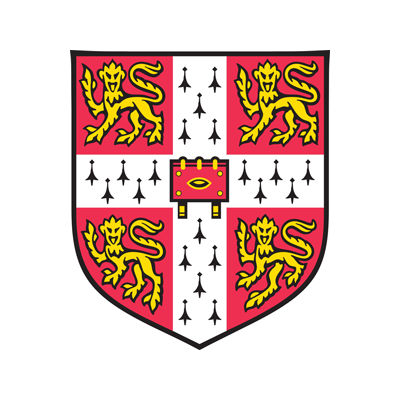预约演示
更新于:2025-05-07
CAM833
更新于:2025-05-07
概要
基本信息
药物类型 小分子化药 |
别名 |
作用方式 抑制剂 |
作用机制 BRCA2 inhibitors(BRCA2 DNA repair associated inhibitors)、RAD51抑制剂(DNA修复蛋白RAD51同系物-1抑制剂) |
治疗领域 |
在研适应症 |
非在研适应症- |
非在研机构- |
权益机构- |
最高研发阶段临床前 |
首次获批日期- |
最高研发阶段(中国)- |
特殊审评- |
结构/序列
分子式C26H26ClFN4O5 |
InChIKeyPMUWBFKMLGLUTF-KNUWZQJKSA-N |
CAS号2758364-02-0 |
关联
100 项与 CAM833 相关的临床结果
登录后查看更多信息
100 项与 CAM833 相关的转化医学
登录后查看更多信息
100 项与 CAM833 相关的专利(医药)
登录后查看更多信息
1
项与 CAM833 相关的文献(医药)2021-06-01·Cell Chemical Biology1区 · 生物学
A small-molecule inhibitor of the BRCA2-RAD51 interaction modulates RAD51 assembly and potentiates DNA damage-induced cell death
1区 · 生物学
Article
作者: Hyvönen, Marko ; Fischer, Gerhard ; Emery, Amy ; Bayly, Andrew R ; Valenzano, Chiara R ; Perrior, Trevor ; Lee, Miyoung ; Barber, Lorraine ; Hardwick, Bryn ; Haas, Kalina T ; Srinivasan, Rajavel ; Huggins, David J ; Skidmore, John ; Esposito, Alessandro ; Pellegrini, Luca ; Moschetti, Tommaso ; McKenzie, Grahame ; Venkitaraman, Ashok R ; Ehebauer, Matthias ; Blundell, Tom L ; Sharpe, Timothy D ; Scott, Duncan E ; Coyne, Anthony G ; Francis-Newton, Nicola J ; Abell, Chris ; Dagostin, Claudio ; Marsh, May E
1
项与 CAM833 相关的新闻(医药)2024-07-21
·精准药物
同行的朋友在上个月可能都有所听闻这个医药行业的重磅新闻:“合成致死”新靶点,中国首个PARG抑制剂在美获批临床。目前中国在合成致死领域有布局的企业不少,靶点各异。各企业围绕“合成致死”(SL)的多个热门靶点,如火如荼地开展药物分子设计及研发实验,抢占这一新兴热点赛道。
6月24日,丹擎医药宣布其PARG抑制剂DAT-2645片的新药临床试验申请于6月22日获得FDA批准。【摘自澎湃新闻】
本文系统介绍了合成致死靶标及其抑制剂在DNA损伤反应的最新进展,药物设计以及相关的治疗策略。接下来让我们跟随作者的脚步一起了解合成致死在 DNA损伤修复领域的研究现状、 合成致死在抗肿瘤药物研发中的挑战及展望。
涉及的SL靶向药物类型有:
靶向DNA损伤反应(DNA Damage Repair, DDR)中的SL:PARPi / PARGi / USPi / RAD51i / RAD52i / ATMi / ATRi 等
非靶向DDR的SL:MRTX1719(M)-27 / SMARCA2/4
定义拓展:特定SL
背景介绍
近年来,癌症的“合成致死”现象已被公认为抗癌治疗的可靠策略。其实该现象发现已有近100年的历史,但一直没有得到重视。直到2014年,全球第一个按照“合成致死”原理设计的抗癌药物PARP抑制剂奥拉帕尼被批准用于治疗卵巢癌,此后,制药界掀起了利用“合成致死”原理研发创新药物的热潮。“合成致死”为靶向肿瘤抑制基因以及那些含有 “不可成药”(Undruggable) 蛋白突变和/或具有常规靶向疗法耐药突变的癌症治疗提供了新思路,成为肿瘤治疗的未来方向之一。
图1.FDA、EMA和NMPA在临床中批准的PARPi代表药物时间线
PARPi 在临床上的成功一直受到毒性和耐药性机制的阻碍。值得强调的是PARPi和免疫治疗具有前景的协同作用,近几年研究了PARPi和靶向酪氨酸激酶受体或表观遗传抑制剂的各种联合用药的潜力(图2)。此外,其他联合治疗策略利用了替代DDR通路的抑制剂,这些药物的使用是因为PARP抑制这证实了抗PD-1/PD-L1治疗与现有PARPi联合治疗的相关性。
图 2. PARPi 在 BRCAmut 肿瘤中的应用,以实现 SL 和 PARPi 联合策略,从而提高疗效并克服耐药性
合成致死的原理
合成致死由遗传学家Calvin Bridges在研究黑腹果蝇杂交时首次发现。“合成致死”定义的是两个基因之间的相互关系,当其中任意一个基因发生突变或功能失活时并不会对细胞或生物体的存活造成影响,但两个基因同时突变或失活将会导致细胞或生物体的死亡。
1
靶向DNA损伤反应中的SL
随着筛选技术的发展,越来越多的合成致死基因对被发现,然而在众多的合成致死基因对研究中,DNA损伤修复相关的SL基因对研究最为深入。
1. 聚二磷酸腺苷核糖聚合酶抑制剂PARPi
PARP是一种参与DNA单链断裂(SSBs)修复的蛋白家族,通过与DNA损伤位点结合而发挥其功能。用PARPi可防止癌细胞修复DNA断裂并增加断裂的发生率。故对已经存在基础HR缺陷的癌细胞给药后,癌细胞无法因为SL存活和死亡,而正常细胞仍未受到损害。
2015年,Nerviano Medical Sciences推出了选择性PARP1抑制剂NMS-P118(图3)。该分子具有一个被4,4-二氟环己基取代的异吲哚-4-甲酰胺环骨架,更好地拟合到PARP1的催化结构域,并与Tyr889建立有利的疏水相互作用。NMS-P118对PARP1显示出中等效力(PARP1 IC50 = 0.079 μM),具有良好的PARP选择性,抗RCA缺陷的癌细胞疗效良好。
在此基础上,阿斯利康推出了 AZD5305,这是一种药效更强、选择性更高的 PARP1 抑制剂,可与 Gly863 进行相互作用。在最新一代 PARP1 抑制剂中,阿斯利康通过掩蔽氢键 (HB) 供体和引入核心修饰,成功降低了中枢神经系统穿透的外流,从而开发出了 AZD9574。该分子是首个具有脑穿透性的 PARP1 选择性抑制剂。
图3:PARPi的结构。绿色表示关键药效结构,红色虚线圆圈表示关键结合的氨基酸位点
2. 聚二磷酸腺苷核糖水解酶抑制剂PARGi
PARG是一种通过催化去PARylation修饰基因组完整性的酶,通过在DNA损伤后水解PAR核糖键来逆转PARP酶的作用。同样,PARG在DNA复制和修复中的积极作用导致PARG缺陷细胞对DNA损伤剂的敏感性增加。
阿斯利康通过高通量生化筛选了140万个化合物,并用二甲基吡唑取代环丙基环优化亲水性,生成了强效和可溶性化合物PDD00017273(图4),可用于PARG细胞药理学研究,但由于PDD00017273的代谢稳定性较差因此无法对其进行体内研究。Ideaya建立在这些发现的基础上开发了口服生物可利用的IDE161,虽结构未披露,但如公司专利所述,可能是4-取代吲哚和吲唑磺酰胺衍生物。试验证明,IDE161可有效抑制PAR链水解,并在乳腺癌和卵巢癌细胞系中表现出抗增殖活性。
图4:PARGi的结构。绿色表示关键药效结构,红色虚线圆圈表示关键结合的氨基酸位点
3. 泛素特异性蛋白酶1抑制剂USP1i
泛素化和去泛素化是公认的维持细胞稳态的关键机制,参与这些过程的酶,特别是E3泛素连接酶和去泛素化酶(DUBs),一直被视为抗癌治疗的潜在靶标。关键DUBs之一是泛素特异性蛋白酶1(USP1),在细胞DNA损伤反应中发挥重要作用。
最近Tango Therapeutics发表的一项研究表明,USP1i在BRCA1/2突变肿瘤的一个亚组是有效的,ML323和I-138对USP1的抑制(图5)引起单泛素化和多泛素化PCNA的积累,与DNA合成水平下降和DNA损伤相关。在I-138中,ML323的苄基和异丙基苯基分布于氨基嘧啶核心两侧,三唑取代基转化为4位-CF3取代的甲基咪唑。基于以上发现,Tango Therapeutics也一直专注于开发TNG348,这是一种高选择性变构USP1抑制剂(USP1i)。同时,KSQ Therapeutics还开发了一系列小分子、强效、高选择性的USP1i KSQ-4279,其在不同临床前种属中表现出良好的体外抗癌性和药物代谢。
图5:USP1i的结构。关键结构特征分别用绿色和紫色显示。
4. DNA聚合酶θ抑制剂Polθi
Polθ是一种通用的DNA修复酶,是Polθ介导的末端连接(TMEJ)通路的核心,其由一个N端解旋酶样结构域(HelD)和一个C端DNA聚合酶结构域(PolD)组成,通过其聚合酶功能进行DNA合成。
2021年Lord及其同事发现了Polθ-Pol结构域抑制剂:小分子取代的吡咯烷ART558(图6),其通过4位羟基与谷氨酸相互作用,但在大鼠微粒体中代谢稳定性较差。故开发了Polθi ART812,其具有更好的药物特性。最近Repare Therapeutics报告了Polθi RP-6685,用2,4-双-三氟甲基芳基替换lN2-取代吡唑环,并在苯基上引入氟原子,用炔丙基取代甲基,增加了稳定性和效价;用双三氟甲基吡啶基取代双三氟甲基苯基核心,优化了logP值。Ding及其同事也报告了一类新型Polθi C1。基于结构的药物设计,氘代物C1表现出最好的药效。其在BRCA受损细胞实验中表现出稳定的细胞靶标结合和抗增殖作用。
图6:Polθi的结构。关键结构特征分别用绿色、紫色和黄色显示。
5. RAD51/RAD52重组酶抑制剂RAD51i/RAD52i
RAD51/RAD52重组酶是一个中心HR因子,其活性对于维持基因组稳定性和癌症预防非常关键。RAD51/RAD52除了在DSBs修复中的作用外,在复制应激反应过程中发挥其功能,帮助癌细胞存活并对DNA损伤剂产生耐药性。
RAD51i:本研究小组基于高通量筛选进行SAR优化,发现了二氢喹啉吡唑啉衍生物ARN24089(图7)可破坏BRCA2-RAD51蛋白相互作用。随后通过19F核磁共振片段筛选和结构优化得到了ARN24992,其在BxPC-3细胞中显示HR抑制。同样Scott和他的同事们开发了CAM833,通过一种结构导向的基于片段的方法得到,通过HR阻止DNA修复。并且CAM833增加IR诱导的细胞毒性,可与PARP1i协同。尽管临床前研究结果令人鼓舞,但BRCA2-RAD51相互作用抑制剂及其与PARPi联合治疗因对正常组织具有毒性而在临床治疗受阻。
图7:RAD51i的结构及分子拟合。
RAD52i:2013年Cramer-Morales及其同事开发了肽适配子F79(图8)作为RAD52i。F79在BRCA2和/或HR突变肿瘤细胞中发挥SL作用,选择性杀死BRCA缺陷的白血病细胞。2016年Huang等人通过荧光淬灭实验HTS鉴定了一系列新的RAD52i结构,其中,D-I03效力最强,但其硫脲支架具有溶解度差以及代谢和化学不稳定性的缺点。2016年,Hengel及其同事鉴定出天然化合物:表没食子儿茶素(EGC)可以失调DSB修复并导致细胞活力降低。Bhat和同事试图克服与EGC相关的ADME挑战,以产生新的RAD52i。在选定的抑制剂结构中,Z56和Z99具有显著的抗细胞增殖活性。
图8:RAD52i的结构。关键结构特征用绿色显示。
6. 与基因组稳定性相关的核激酶抑制剂:ATMi、ATRi、DNA-PKi、PLK1i、WEE1i、PKMYT1i
大量研究表明,ATM、ATR、DNA-PK、PLK1、WEE1、PKMYT1参与调控DDR中多个相互关联的信号通路以应对DNA损伤中起着举足轻重的作用。这些特殊的酶作为关键的调节因子通过磷酸化参与DNA修复、细胞周期阻滞和凋亡。相关抑制剂的化学结构如下图所示(图9~图14)。
ATRi 的结构可分为两类。第一类是以 AZ20 为代表的吗啉铰链结合剂(图 9)。这一类化合物具有ATP竞争性,通过甲基吗啉取代基结合到蛋白质的铰链区。此外,连接到吡啶或嘧啶中心核的杂环与蛋白质骨架建立了重要的氢键键合关系。第二类为以Berzosertib为代表的氨基嘧啶结构(图 10)。该结构设计旨在维持吡嗪-2-胺的氢与恶唑环的氧之间的分子内氢键(IMHB)相互作用,从而避免分子与Tyr2775不必要的空间位阻。此外,苄基环与甲胺的功能化能够利用ATP结合位点的带负电荷区域,产生具有良好理化性质。
图9:ATRi的结构1-吗啉环。关键结构特征分别用绿色、紫色和黄色显示。
图10:ATRi的结构2-氨基嘧啶。关键结构特征分别用绿色和紫色显示,关键氨基酸位点为红色圆圈。
通过基于结构的药物设计,默克设计了M4076,ATM与M4076复合物的冷冻电镜结构揭示了其作用机制(图11)。M4076的高选择性归因于与铰链区W2769的堆叠相互作用以及同样位于铰链区的M4076和C2770的1,3-二氢-咪唑并[4,5-c]喹啉-2-酮基团之间的密切接触。
图11:ATMi的结构。关键结构分别用绿色、紫色和黄色显示。
XRad Therapeutics最近开发的XRD-0394,是一种ATM/DNA-PKcs双重抑制剂,共享咪唑-2-酮核心作为DNA-PKcsi和ATMi之间的共同基序,利用两个靶标之间的SL(图12)。体外和体内疗效表现出明显的剂量比例性放射增敏作用,在无IR的情况下无毒性。
图12:DNA-PKcsi和双重DNA-PKcsi/ATMi的结构。关键结构特征以绿色突出显示。
2013年FDA批准勃林格殷格翰的一种ATP竞争性二氢蝶啶酮PLK1i volasertib(图13)启动临床试验,用于治疗急性髓性白血病,但在单药或联合化疗的3期试验后报告的临床未能重现阳性结果,致其开发中止。随后葛兰素史克开发的基于噻吩的PLK1i onvansertib应用于BRCA1缺陷型癌症等,为靶向癌细胞中特定遗传脆弱性的潜在干预治疗带来了希望。
图13:PLK1i的结构及其实现SL的应用
由阿斯利康开发的WEE1i adavosertib[AZD1775]最近由于毒性特征较差而被停用。IMP7068(Impact Therapeutics)是最近进入临床试验的另一个WEE1i,用于p53突变的肿瘤中。公司相关专利中描述了属于2,3-二氢嘧啶并[4,5-d]嘧啶-4(1H)-酮类的化合物为AZD1775(图14A)。与AZD1775相比,IMP7068具有更优的WEE1/PLK1选择性和PK特性。
Repare Therapeutics最近使用基于荧光偏振的竞争性置换试验对已知激酶抑制剂进行了重点筛选。ADME特性的平行优化确定了口服可用的reserluntib[RP-6306](图14B)具有极好的选择性,良好的PK,并最终在卵巢CCNE1扩增异种移植模型中有效。
图14. (A)WEE1i结构。(B)PKMYT1i结构。关键和常见结构特征用绿色、紫色和黄色显示。
2
非靶向DNA损伤的SL
虽然超过70%的SL肿瘤学试验关注DDR通路内的基因,但SL中存在与DDR以外通路(非DDR)相关的新机会。本文描述了两个非DDR SL相互作用示例,一个在MTAP缺失和PRMT5或MAT2A之间,另一个在SMARCA4和SMARCA2之间。
1. MTAP和PRMT5或MAT2A的SL配对
围绕甲硫腺苷磷酸化酶MTAP SL配对的研究已经通过RNAi筛选,确定了两种代谢酶,蛋白精氨酸甲基转移酶(PRMT5)和蛋氨酸腺苷转移酶IIα(MAT2A)作为MTAP缺失的SL靶标。
Mirati Therapeutics最近报道了一种稳定PRMT5和MTA之间相互作用的小分子MRTX1719(M) -27,其开发基于片段的先导物发现(FBLD)。SPR初始片段筛选鉴定出片段F1,在F1与PRMT5·MTA复合物晶体结构的引导下,通过SBDD进行片段生长得到MRTX1719(图15)。同样Tango Therapeutics开发了一种脑渗透性小分子TNG908,可实现口服给药。Ideaya开发了MAT2A抑制剂(MAT2Ai) IDE397,药物耐受性大大提高,目前正处于1/2期临床试验中,作为单药治疗或与经典化疗联合用于治疗MTAP缺失的晚期实体瘤。
图15:MRTX1719(M)-27开发方案以及TNG908和IDE397的结构
2. SMARCA2和SMARCA4的SL配对
SWI/SNF染色质重塑复合物是高度保守的ATP依赖性多蛋白表观遗传调控因子。,SWI/SNF复合物包含两个相互排斥的催化atp酶旁路亚基:SMARCA2(也称为BRM)和SMARCA4(BRG1),该复合物突变与癌症生长和耐药性相关。
诺华之前披露了一种优化的小分子14(图16A),在SMARCA4缺陷的癌症中证明了体内抗肿瘤疗效,但对两种同源基因缺乏选择性阻碍了其发展,导致体内给药时存在剂量限制性耐受性问题。SMARCA4和SMARCA2的另一种酶抑制剂FHD-286也存在潜在的毒性问题。2019年Farnaby等人引入了SMAR-CA2和SMARCA4的PROTAC降解物ACBI2(图16B),该分子的分支连接体排列更紧凑,其提供了较小的3D极性表面积。
图16. (A)文中讨论的SMARCA2/4小分子抑制剂的结构(B)SMARCA2 PROTACs的结构。关键结构特征以绿色、蓝色和黄色显示。
3
定义拓展:特定SL
特定SL是最近由经典的基于遗传的SL引申出来的概念(图17)。事实上,由于特定的肿瘤条件,如癌细胞的异质性、其代谢状态和肿瘤微环境,经典SL的作用可能较弱或无法达到,最终导致对治疗产生耐药性。在这种情况下,特定SL代表了一种策略,旨在同时针对遗传脆弱性和非遗传异常状况,以达到更决定性的抗癌作用。
图17:经典和特定SL的示意图比较
4
总结与展望
基于SL原理的肿瘤治疗策略具有特异性强、毒副作用低等优点,已成为肿瘤药物研发的趋势。其中如何最大限度地发挥相关抑制剂的治疗潜力仍是需要面对的难题;另外,合成致死抑制剂及联合用药可能带来未知的治疗效果或毒副反应,这些都需要开展深入的临床研究。
总之,随着新的验证实验和筛选方法的发展,必将为肿瘤患者的靶向治疗带来深刻的变革!
声明:发表/转载本文仅仅是出于传播信息的需要,并不意味着代表本公众号观点或证实其内容的真实性。据此内容作出的任何判断,后果自负。若有侵权,告知必删!
长按关注本公众号
粉丝群/投稿/授权/广告等
请联系公众号助手
觉得本文好看,请点这里↓
免疫疗法临床结果临床研究
100 项与 CAM833 相关的药物交易
登录后查看更多信息
研发状态
10 条进展最快的记录, 后查看更多信息
登录
| 适应症 | 最高研发状态 | 国家/地区 | 公司 | 日期 |
|---|---|---|---|---|
| 肿瘤 | 临床前 | 新西兰 | 2021-06-01 |
登录后查看更多信息
临床结果
临床结果
适应症
分期
评价
查看全部结果
| 研究 | 分期 | 人群特征 | 评价人数 | 分组 | 结果 | 评价 | 发布日期 |
|---|
No Data | |||||||
登录后查看更多信息
转化医学
使用我们的转化医学数据加速您的研究。
登录
或
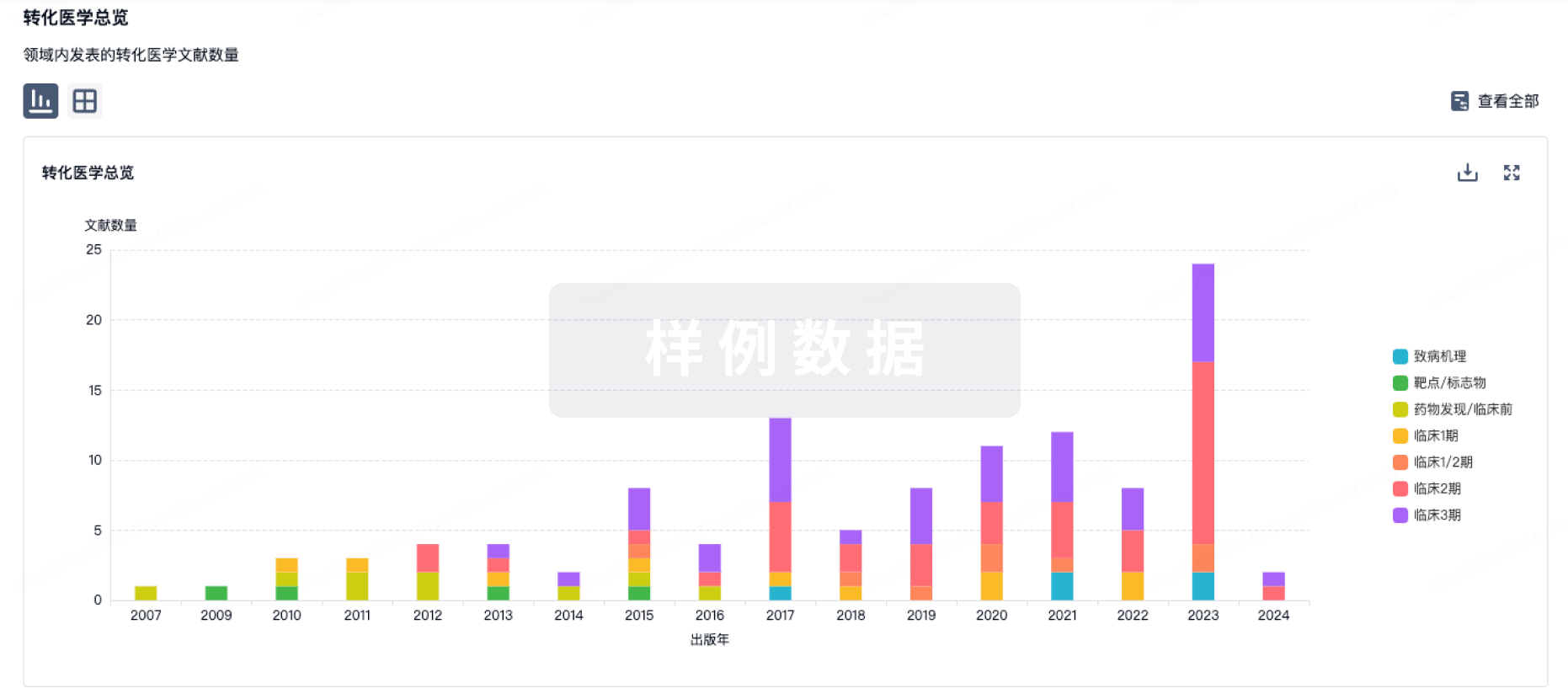
药物交易
使用我们的药物交易数据加速您的研究。
登录
或
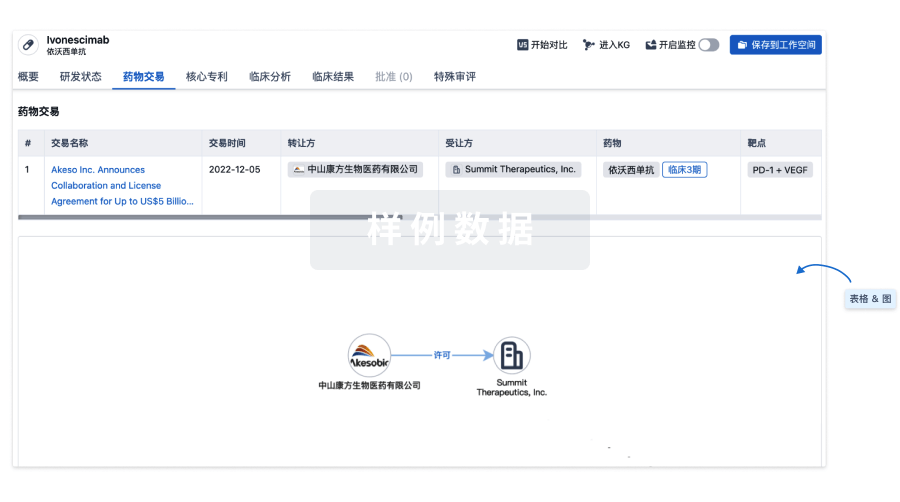
核心专利
使用我们的核心专利数据促进您的研究。
登录
或
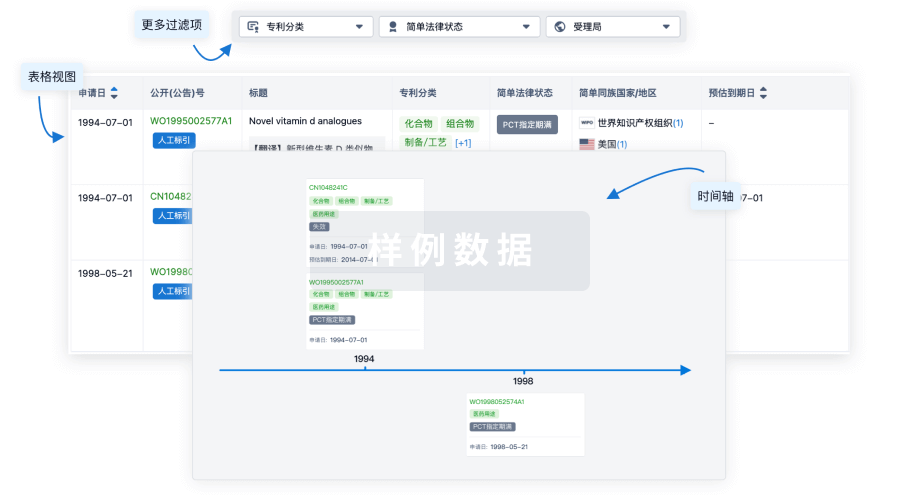
临床分析
紧跟全球注册中心的最新临床试验。
登录
或
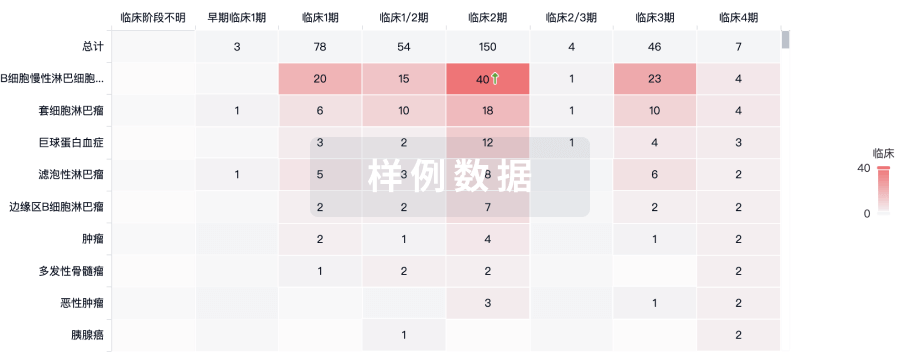
批准
利用最新的监管批准信息加速您的研究。
登录
或
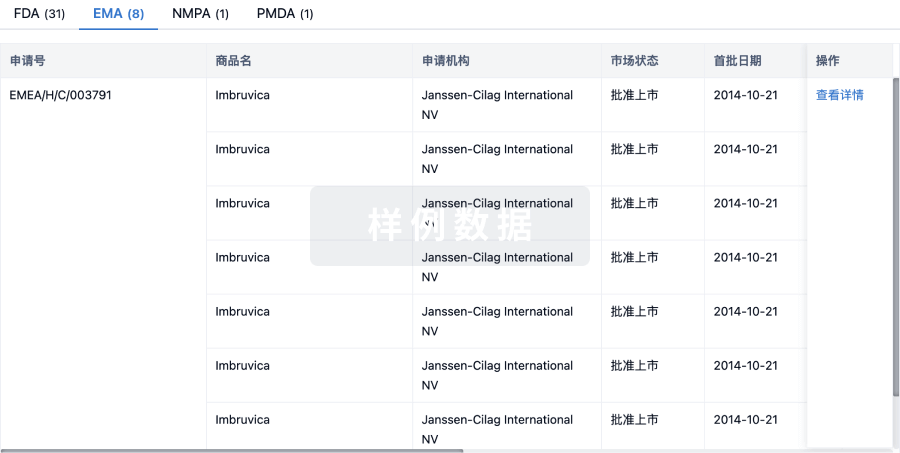
特殊审评
只需点击几下即可了解关键药物信息。
登录
或
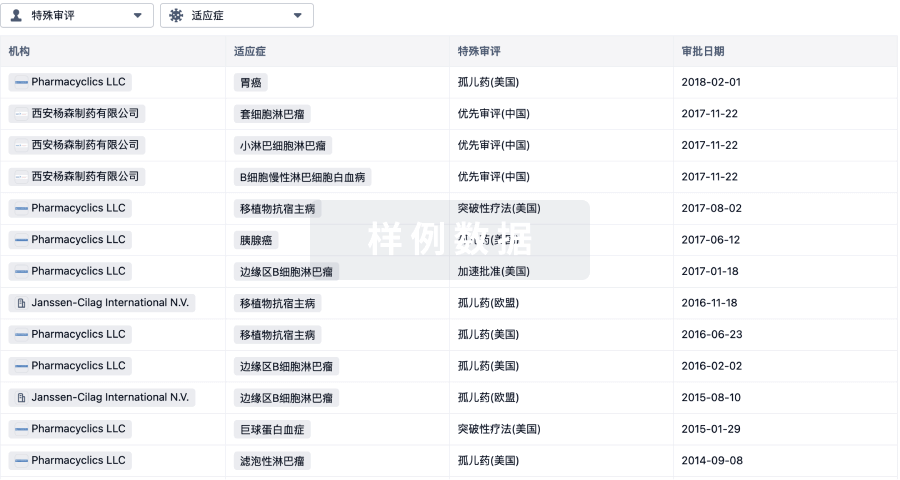
Eureka LS:
全新生物医药AI Agent 覆盖科研全链路,让突破性发现快人一步
立即开始免费试用!
智慧芽新药情报库是智慧芽专为生命科学人士构建的基于AI的创新药情报平台,助您全方位提升您的研发与决策效率。
立即开始数据试用!
智慧芽新药库数据也通过智慧芽数据服务平台,以API或者数据包形式对外开放,助您更加充分利用智慧芽新药情报信息。
生物序列数据库
生物药研发创新
免费使用
化学结构数据库
小分子化药研发创新
免费使用
